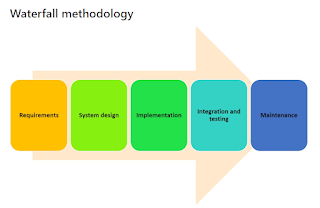Data entities in X++

what is data entity? ans: -> A data entity is an abstraction from the physical implementation of database tables. why data entity is used? ans: -> Data entity is used for de-normalizing the database tables. -> Data entity is used for importing and exporting the data. Entity example: A consumer wants to access data that is related to a customer object, but this data is currently scattered across multiple normalized tables, such as DirParty , CustTable , LogisticPostalAddress , and LogisticElectronicAddress . Therefore, the process of reading and writing customer data is very tedious. Instead, the following customer entity can be designed to encapsulate the entire underlying physical schema into a single de-normalized view. This enables simpler read/write operations and also enables abstraction of any internal interaction between the tables.


